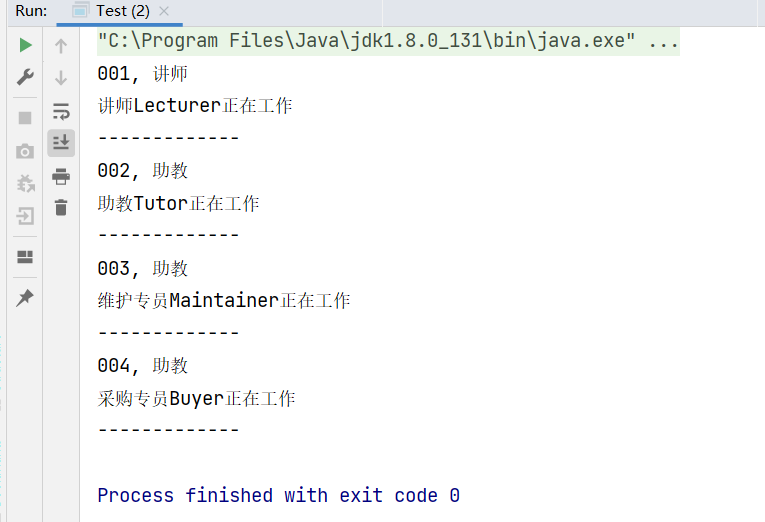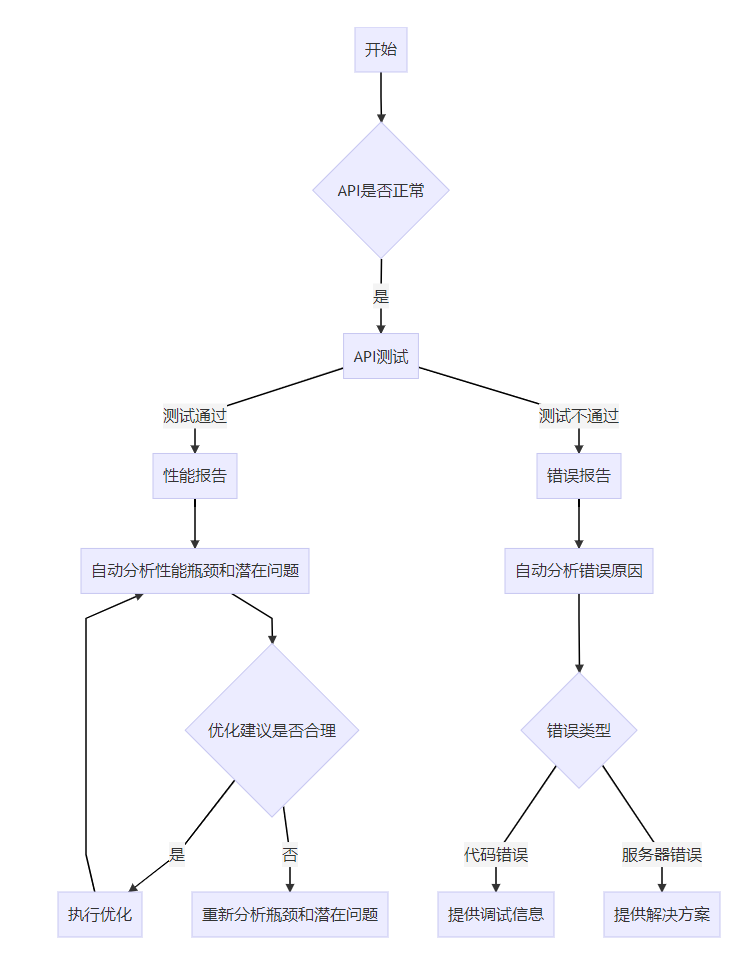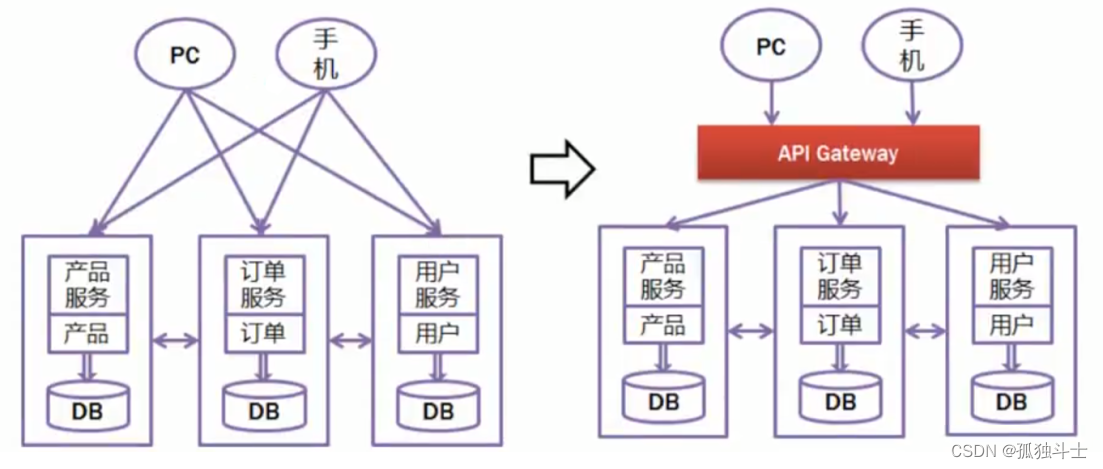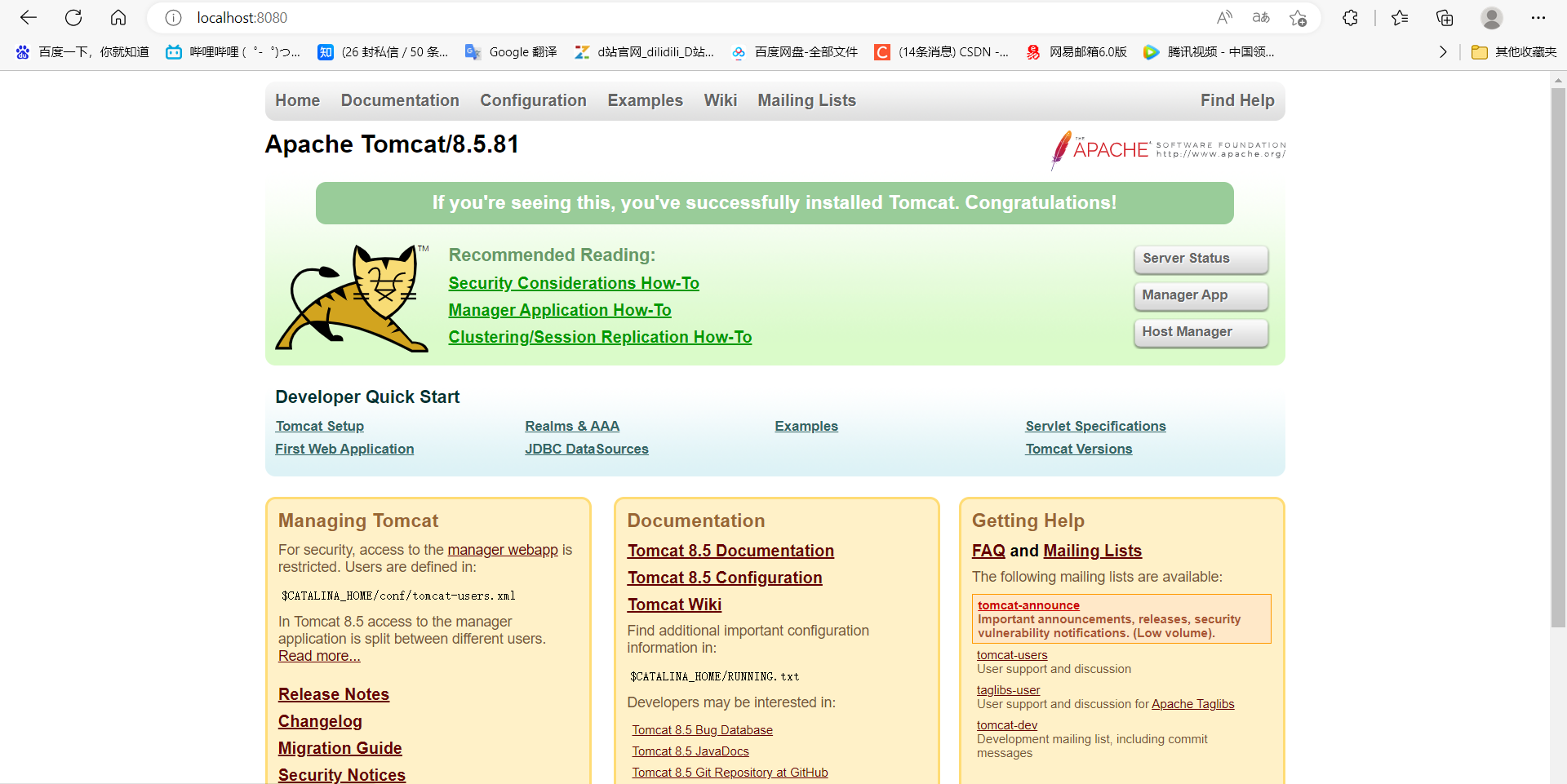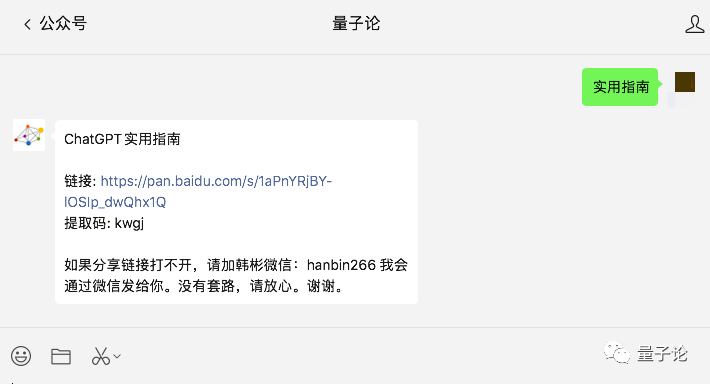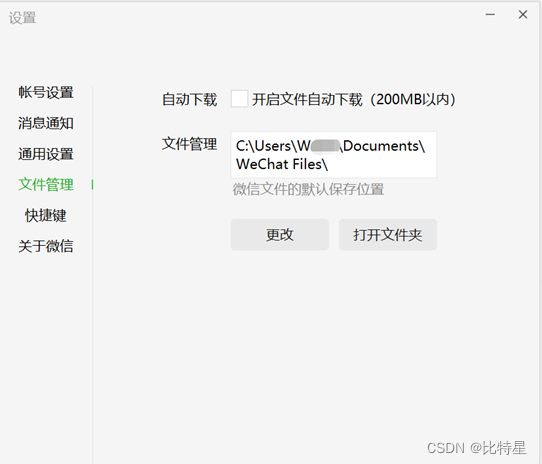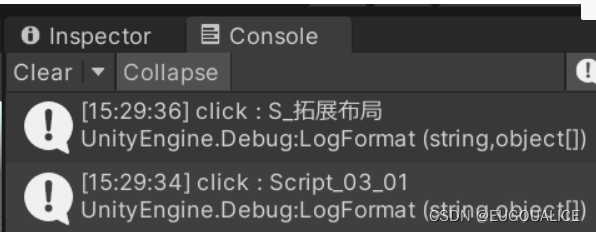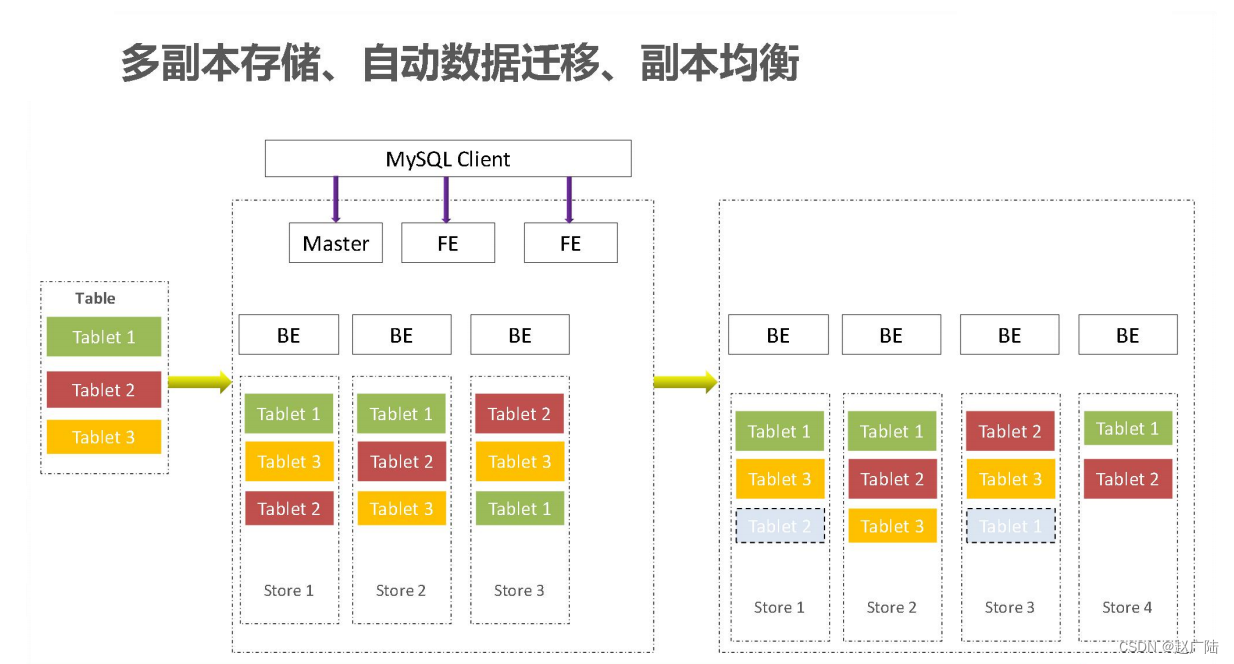二叉树
文章目录
- 二叉树
- 背景
- 二叉树的概念
- 遍历方式
- 代码实现
背景
数组存储方式的分析
优点:通过下标方式访问元素,速度快。对于有序数组,还可使用二分查找提高检索速度。
缺点:如果要检索具体某个值,或者插入值(按一定顺序)会整体移动,效率较低
链式存储方式的分析
优点:在一定程度上对数组存储方式有优化(比如:插入一个数值节点,只需要将插入节点,链接到链表中即可, 删除效率也很好)。
缺点:在进行检索时,效率仍然较低,比如(检索某个值,需要从头节点开始遍历)
树存储方式的分析
能提高数据存储,读取的效率, 比如利用 二叉排序树(Binary Sort Tree),既可以保证数据的检索速度,同时也可以保证数据的插入,删除,修改的速度。
知道数的优点那么就得知道树的常用术语有哪些

二叉树的概念
1.树有很多种,每个节点最多只能有两个子节点的一种形式称为二叉树。
2.二叉树的子节点分为左节点和右节点。
3.如果该二叉树的所有叶子节点都在最后一层,并且结点总数= 2^n -1 , n 为层数,则我们称为满二叉树。
4.如果该二叉树的所有叶子节点都在最后一层或者倒数第二层,而且最后一层的叶子节点在左边连续,倒数第二层的叶子节点在右边连续,我们称为完全二叉树。
例如下图:

遍历方式
二叉树有三种遍历方式
分别为前序遍历,中序遍历,后序遍历
前序遍历:先输出父节点,再遍历左子树和右子树
中序遍历:先遍历左子树,再输出父节点,再遍历右子树
后序遍历:先遍历左子树,再遍历右子树,最后输出父节点
小结: 看输出父节点的顺序,就确定是前序,中序还是后序
代码实现
节点类
package com.datestructures.tree;
public class HeroNode {
//节点类
private int no;
private String name;
private HeroNode left;//默认为空
private HeroNode right;//默认为空
//构造器
public HeroNode(int no, String name) {
this.no = no;
this.name = name;
}
public int getNo() {
return no;
}
public void setNo(int no) {
this.no = no;
}
public String getName() {
return name;
}
public void setName(String name) {
this.name = name;
}
public HeroNode getLeft() {
return left;
}
public void setLeft(HeroNode left) {
this.left = left;
}
public HeroNode getRight() {
return right;
}
public void setRight(HeroNode right) {
this.right = right;
}
@Override
public String toString() {
return "HeroNode{" +
"no=" + no +
", name='" + name + '\'' +
'}';
}
//前序遍历
public void preOrder() {
System.out.println(this);//先输出父节点
//向左递归
if (this.left != null) {
this.left.preOrder();
}
//向右递归
if (this.right != null) {
this.right.preOrder();
}
}
//前序遍历查找
public HeroNode preOrderSearch(int no) {
System.out.println("进入前序遍历查找");
//先判断当前节点是否为目标值
if (this.no == no) {
return this;
}
//定义一个res来接收结果
HeroNode resNode = null;
//如果不是向左递归
if (this.left != null) {
resNode = this.left.preOrderSearch(no);
}
//如果找到就返回
if (resNode != null) {
return resNode;
}
//没有找到就向右递归
if (this.right != null) {
resNode = this.right.preOrderSearch(no);
}
//最后有没有找到都返回
return resNode;
}
//中序遍历
public void infixOrder() {
//向左递归
if (this.left != null) {
this.left.infixOrder();
}
//输出当前节点
System.out.println(this);
//向右递归
if (this.right != null) {
this.right.infixOrder();
}
}
//中序遍历查找
public HeroNode infixOrderSearch(int no) {
//定义一个结果来存放结果
HeroNode resNode = null;
//先判断左子节点是否为空
if (this.left != null) {
resNode = this.left.infixOrderSearch(no);
}
//如果resNode不为空,表明找到 返回即可
if (resNode != null) {
return resNode;
}
System.out.println("进入中序遍历查找");
//为空 就和当前节点比较
if (this.no == no) {
return this;
}
//当前节点不是目标值 则向右查找
if (this.right != null) {
resNode = this.right.infixOrderSearch(no);
}
//最后返回
return resNode;
}
//后序遍历
public void postOrder() {
//向左递归
if (this.left != null) {
this.left.postOrder();
}
//向右递归
if (this.right != null) {
this.right.postOrder();
}
//输出当前节点
System.out.println(this);
}
//后序遍历查找
public HeroNode postOrderSearch(int no) {
//先定义一个结果
HeroNode resNode = null;
//向左递归
if (this.left != null) {
resNode = this.left.postOrderSearch(no);
}
//如果不为空 说明找到 返回即可
if (resNode != null) {
return resNode;
}
//否则向右递归
if (this.right != null) {
resNode = this.right.postOrderSearch(no);
}
//如果不为空 说明找到 返回即可
if (resNode != null) {
return resNode;
}
System.out.println("进入后序遍历查找");
//否则和当前节点对比
if (this.no == no) {
return this;
}
return resNode;
}
//删除节点
public void delNode(int no){
//因为二叉树是单向的 所以先判断当前节点的子节点是否是要删除的节点,而不是先判断当前节点
//先判断当前节点的子节点是否为要删除的节点
if(this.left!=null&&this.left.no==no){
this.left=null;
return;
}
if(this.right!=null&&this.right.no==no){
this.right=null;
return;
}
//向左递归 进行删除
if(this.left!=null){
this.left.delNode(no);
}
//向右递归 进行删除
if(this.right!=null){
this.right.delNode(no);
}
}
}
二叉树类
package com.datestructures.tree;
public class BinaryTree {
private HeroNode root;//根节点
//初始化根节点
public void setRoot(HeroNode root) {
this.root = root;
}
//前序遍历
public void preOrder(){
if(this.root!=null){
this.root.preOrder();
}else{
System.out.println("二叉树为空,不能遍历");
}
}
//前序遍历查找
public HeroNode preOrder(int no){
if(root!=null){
return this.root.preOrderSearch(no);
}else{
return null;
}
}
//中序遍历
public void infixOrder(){
if(this.root!=null){
this.root.infixOrder();
}else{
System.out.println("二叉树为空,不能遍历");
}
}
//中序遍历查找
public HeroNode infixOrderSearch(int no){
if(root!=null){
return this.root.infixOrderSearch(no);
}else{
return null;
}
}
//后序遍历
public void postOrder(){
if(this.root!=null){
this.root.postOrder();
}else{
System.out.println("二叉树为空,不能遍历");
}
}
//后序遍历查找
public HeroNode postOrderSearch(int no){
if(root!=null){
return this.root.postOrderSearch(no);
}else{
return null;
}
}
//删除节点
public void delNode(int no){
if(root!=null){
//如果只有一个节点,先判断这个节点是不是要删除的节点
if(root.getNo()==no){
root=null;
}else {
//递归删除
root.delNode(no);
}
}else{
System.out.println("空树,不能删除");
}
}
}
测试类
package com.datestructures.tree;
public class BinaryTreeDemo {
public static void main(String[] args) {
//先创建一个二叉树
BinaryTree binaryTree =new BinaryTree();
//再创建四个节点
HeroNode root = new HeroNode(1,"宋江");
HeroNode hero2 = new HeroNode(2,"吴用");
HeroNode hero3 = new HeroNode(3,"卢俊义");
HeroNode hero4 = new HeroNode(4,"林冲");
HeroNode hero5 = new HeroNode(5,"关胜");
//再将几个节点关联起来
root.setLeft(hero2);
root.setRight(hero3);
hero3.setRight(hero4);
hero3.setLeft(hero5);
//再将根节点赋予到树上
binaryTree.setRoot(root);
System.out.println("前序遍历");
binaryTree.preOrder();//1 2 3 5 4
System.out.println("中序遍历");// 2 1 5 3 4
binaryTree.infixOrder();
System.out.println("后序遍历");// 2 5 4 3 1
binaryTree.postOrder();
System.out.println("前序遍历方式");
HeroNode resNode1 = binaryTree.preOrder(5);
if(resNode1!=null){
System.out.println("找到了,信息为 no = "+resNode1.getNo()+" name = "+resNode1.getName());
}else{
System.out.println("没有找到编号为"+5+"的英雄");
}
System.out.println("中序遍历方式");
HeroNode resNode2 = binaryTree.infixOrderSearch(5);
if(resNode2!=null){
System.out.println("找到了,信息为 no = "+resNode2.getNo()+" name = "+resNode2.getName());
}else{
System.out.println("没有找到编号为"+5+"的英雄");
}
System.out.println("后序遍历方式");
HeroNode resNode3 = binaryTree.postOrderSearch(5);
if(resNode3!=null){
System.out.println("找到了,信息为 no = "+resNode3.getNo()+" name = "+resNode3.getName());
}else{
System.out.println("没有找到编号为"+5+"的英雄");
}
//删除测试
System.out.println("删除前先遍历");
binaryTree.postOrder();
binaryTree.delNode(5);
//binaryTree.delNode(3);
System.out.println("删除后遍历");
binaryTree.postOrder();
}
}


